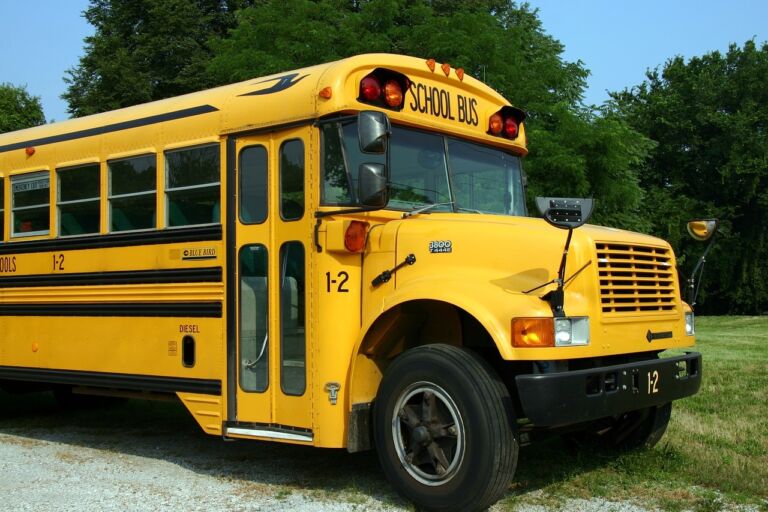At long last, the North Carolina House and Senate are set to vote on a conference budget this week after months of delays. According to the proposed budget, lawmakers will include provisions removing income eligibility restrictions from the state’s Opportunity Scholarship voucher program so that more families in the state will be empowered to apply.
As the public waits for the budget to be voted upon, it’s worth reiterating that Opportunity Scholarship expansion would benefit low-income families the most. Critics claiming that the main beneficiaries of the program’s expansion would be wealthy families are off base.
Historically, Opportunity Scholarship recipients have always come from among the poorest households in the state. Indeed, as a 2016 report from researchers at NC State University explained, “The median adjusted household income is $16,213 for new voucher recipients and $15,000 for renewal recipients.”
Since then, lawmakers have raised the income eligibility cap, but current numbers show that the program still primarily benefits students from low- and moderate-income households. For the 2022-2023 school year, the median unadjusted household income among all households with Opportunity Scholarships recipients was just over $41,000.
Now, even as lawmakers seek to expand eligibility to include all families, they will continue to prioritize families with the greatest financial need.
According to the recently released conference budget, policymakers will remove current income eligibility restrictions on the Opportunity Scholarship Program. In their place, lawmakers will create a sliding-scale system that allows all families in the state to apply but awards larger scholarships to families with the greatest financial need.
As the Carolina Journal reported:
- “Students from households with income levels qualifying for the federal free or reduced-price lunch program are eligible for a grant of up to 100% of the prior fiscal year’s average State per-pupil allocation.
- Students from households with income levels between 100% and 200% of the federal free or reduced-price lunch program are eligible for a grant of up to 90% of the prior fiscal year’s average State per-pupil allocation.
- Students from households with income levels between 200% and 450% of the federal free or reduced-price lunch program are eligible for a grant of up to 60% of the prior fiscal year’s average State per-pupil allocation.
- Students from households with income levels above 450% of the federal free or reduced-price lunch program are eligible for a grant of up to 45% of the prior fiscal year’s average State per-pupil allocation.”
Also according to the budget proposal, after scholarships are awarded to renewal recipients who apply by March 1, priority must be given to student applicants whose household income does not exceed “the amount required for the student to qualify for the federal free or reduced-price lunch program,” currently equal to $55,500 for a family of four. The primary beneficiaries of the program will continue to be low-income families.
North Carolina is poised to become one of a handful of states to offer a universal school choice program to empower students. It’s a distinguished group to join.


